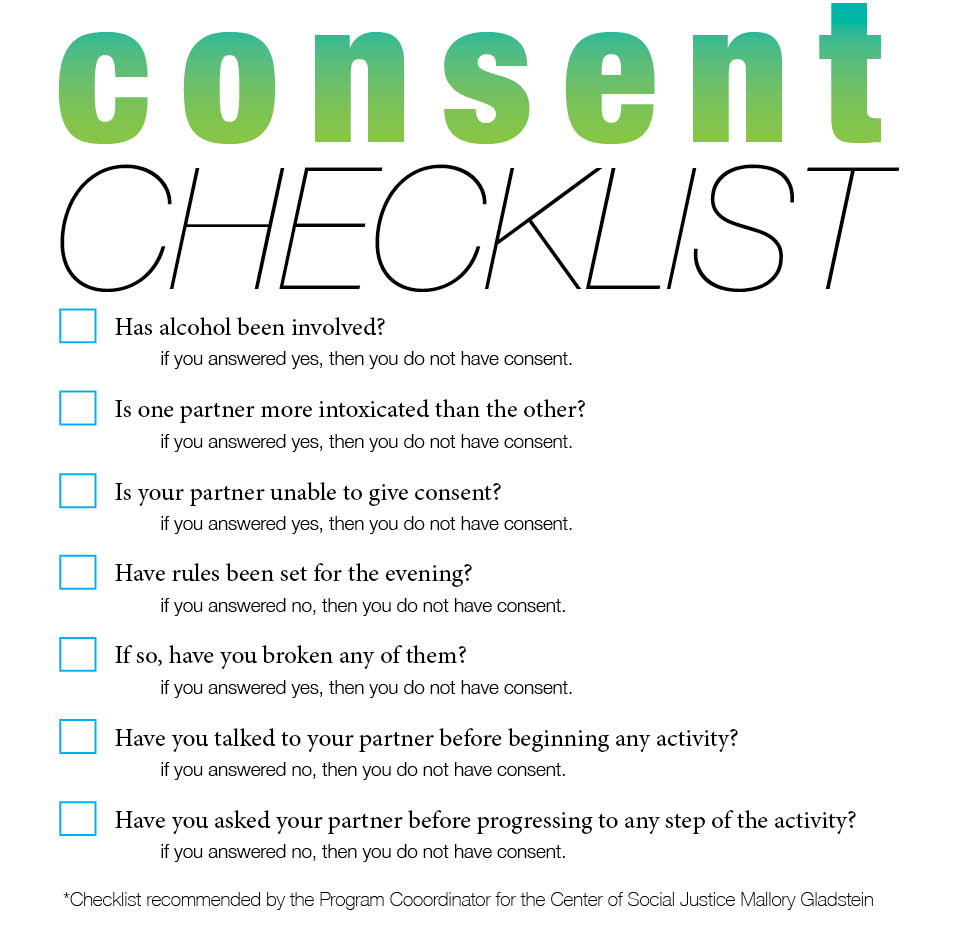by Maria Chaves
At my school, girls are encouraged to dress modestly. Shorts, skirts and short-sleeved shirts have to pass the dollar-bill length test, a system that measures a dollar bill from the seam of the item to the knee or how much of the shoulder is covered. These rules are accepted but only to a certain extent. Although the school says it’s a matter of self-respect, we all know whom they are trying to protect: boys.
The term “boys will be boys” has become a commonplace expression. We understand it is the main reason for the dress code. Men are wired that way, having urges that women must not set off. It is our job as women to cover up and not distract men.
“Boys will be boys” also is the most-common justification for rape culture.
How can a woman’s clothing have anything to do with rape or sexual assault?
It has everything to do with it. Although non-violent, making women cover up is embarrassing and shameful. It also justifies men’s actions when they become aggressively physical with women.
A woman deciding to wear clothes that compliment her body does not mean she is “asking for it.” She is not dressing for men. She has not given consent to an assault. A man does not have the right to do what he wants with her.
Consent isn’t one-sided. The man should continually ask if the woman is comfortable. He’s shouldn’t assume she is OK with what is happening. He should treat her as a human being, not an object. Otherwise, the situation can get out of control and become unpleasant for both.
It’s not OK for “boys to be boys.” I believe that men aren’t wired this way. Practicing safe consent is the only way to rewire the system.






